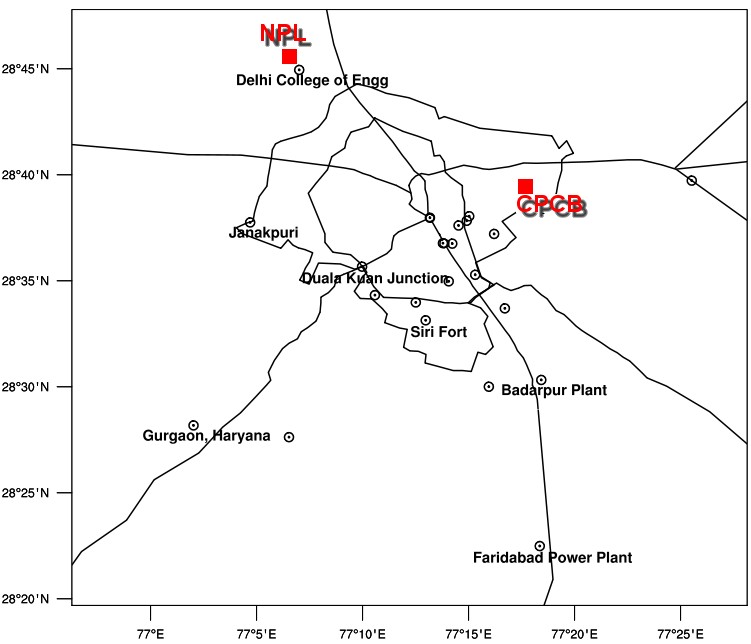
|

|

|
|
|
||||
|
Leosphere Aerosol Lidars are currently
monitoring the presence and density of particles in suspension in Delhi atmosphere
thru the Commonwealth Games period at two locations :
CPCB headquarters in the East of the city, and
NPL in the North. This webpage provides a daily update of the lidar achievements in the frame of the joint programme CPCB-Aria-Leosphere: Clean Air for Delhi 2010 and Beyond. For additional outputs and products at CPCB and NPL fix sites, please sign up at leo-net.eu. All standard lidar outputs presented below show the density of particles (colour bar; blue = low / red = high) in the atmosphere (y-axis; altitude in meters) as time passes (x-axis; date). In other words, lidars map the presence and density of particles in the atmosphere 24h/24.
|
||||
|
Map of New Delhi showing the location of the Aerosol lidars at CPCB and NPL |
|||
|
Latest observations |
||||
| CPCB | ||||
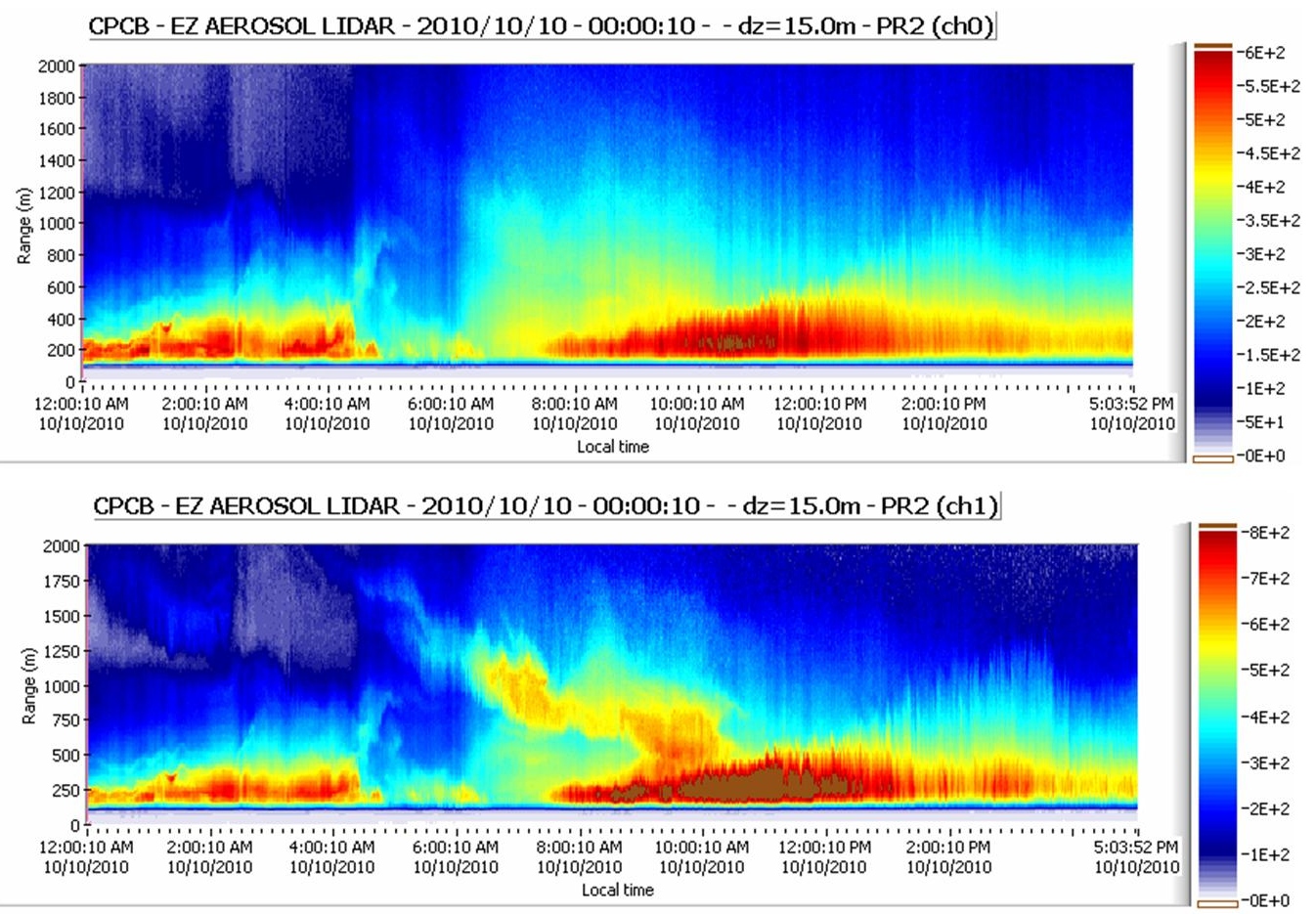
|
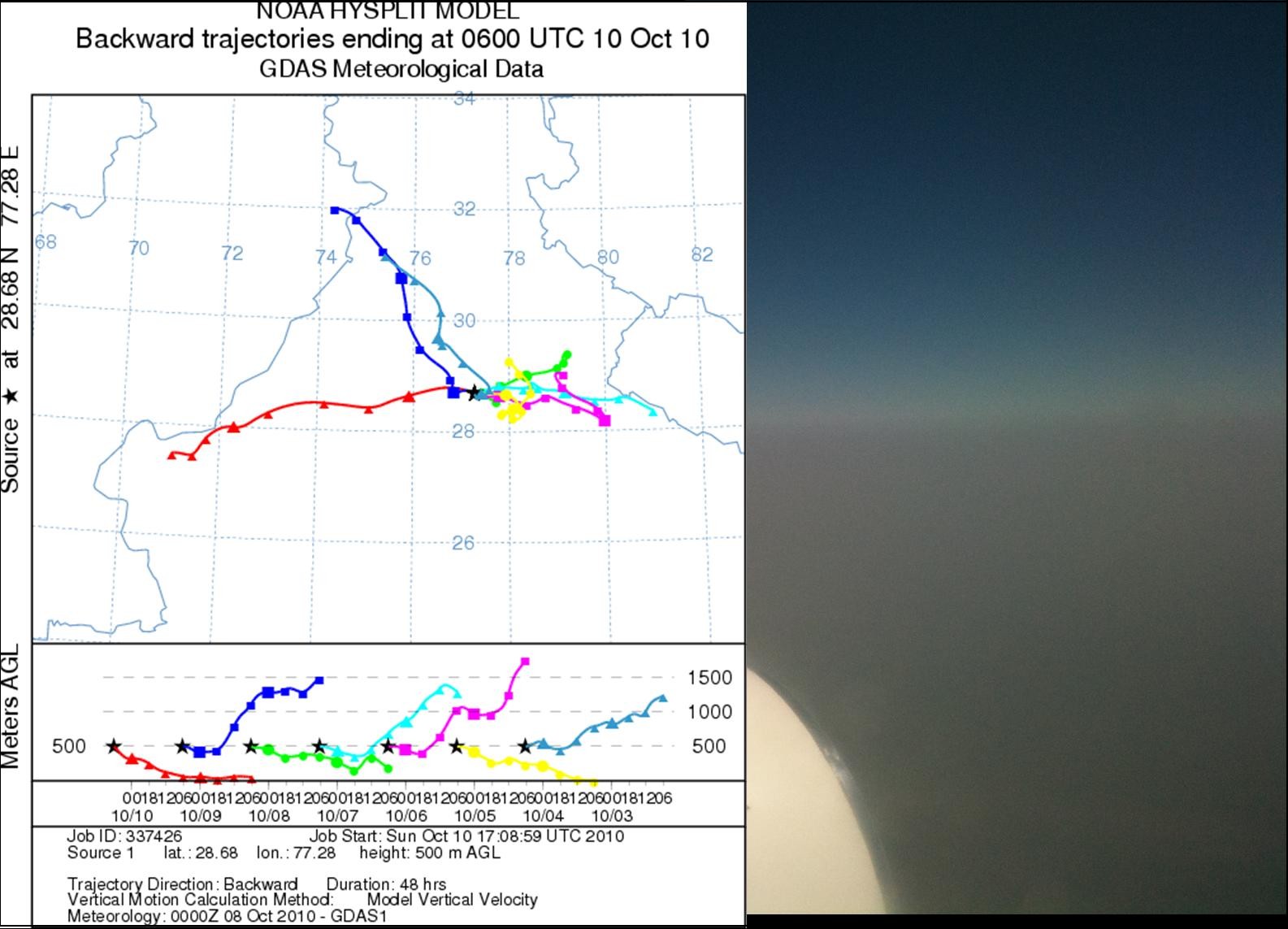
|
|||
|
Comments:
These lidar observations present both the density of spherical (top) and non-spherical particles (bottom). The frequently observed night layer above the PBL nicely appears hence composed of non-spherical particles. The red backtrajectory plot on the right side features that the air mass on that day, Oct. 10th, originated from the desertic regions located in the West. As an illustration, the photo taken just above Delhi, the same day from a plane, shows the brownish colour probably due to the mix of sand and anthropogenic pollution.
|
||||
| Special outputs | Image of the day | |||
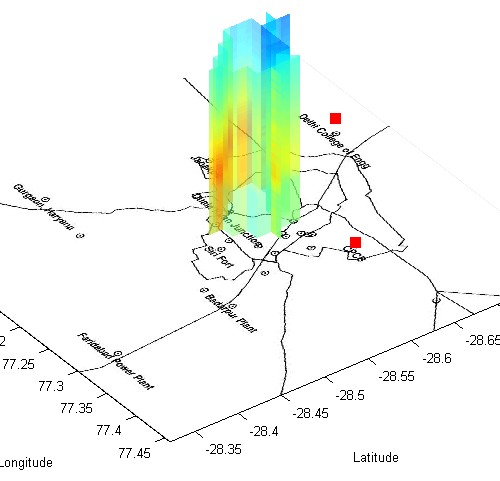
|
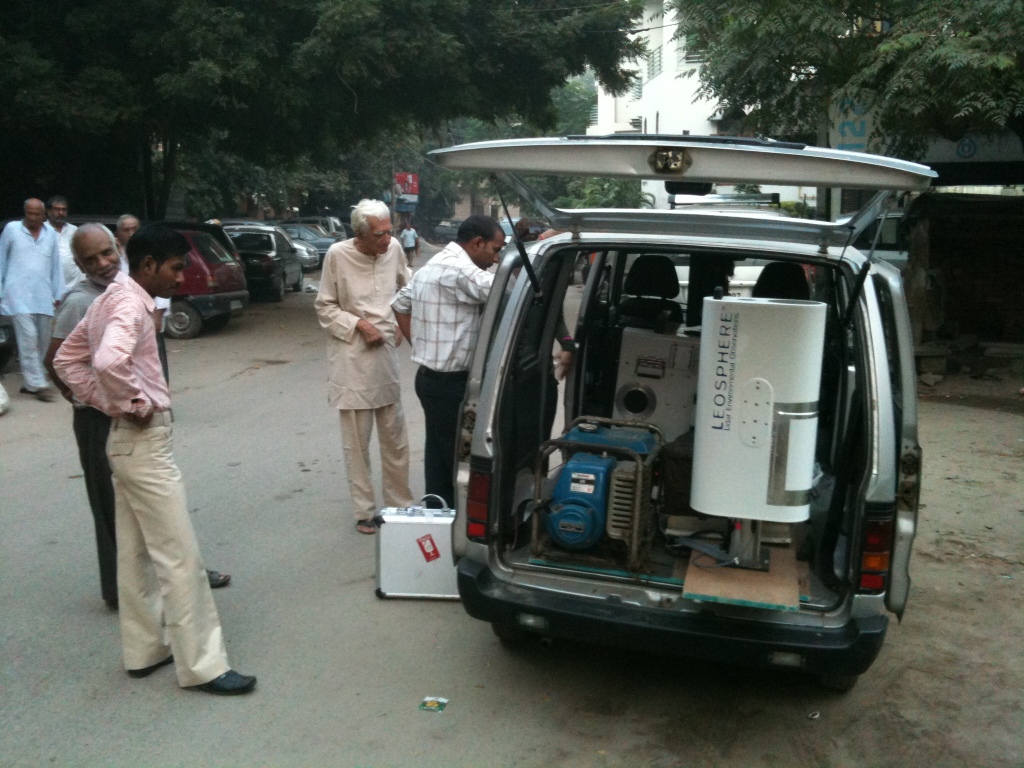
|
|||
|
The latest mobile measurements along side the Inner ring road, where the southwest part appears more affected than elsewhere along the run. Industrial emissions from the Janakpuri area might be responsible.
|
Mobile experiments are performed daily, either along side the Inner or the Outer ring road, or in between the Games venues. The EZ Lidar mounted on board a standard Omni van shows its aptitude to run well on a generator despite vibrations and heat. |
|||

